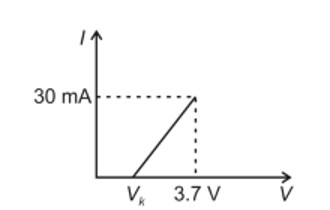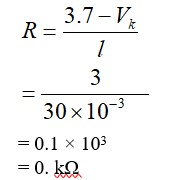Synthetic polymers do not degrade in the environment for a long time. How can biodegradable synthetic polymers be made. Differentiate between biopolymers and biodegradable polymers and give examples of each type.
Synthetic polymers do not degrade in the environment for a long time. How can biodegradable synthetic polymers be made. Differentiate between biopolymers and biodegradable polymers and give examples of each type.
-
1 Answer
-
This is a Long Answer Type Questions as classified in NCERT Exemplar
1.Poly-hydroxybutyrate-co-β-hydroxyvalerate (PHBV)
It's made by copolymerization 3-hydroxybutanoic acid and 3-hydroxypentanoic acid. PHBV is used in specialty packaging, orthopaedic devices, and controlled drug release. In the environment, PHBV is degraded by bacteria.
Nylon 2-Nylon 6: It is a biodegradable alternating polyamide copolymer of glycine and amino caproic acid.
Biopolymers are natural polymers found in plants and animals such as protein, fat, cellulose, and so on.
Biodegradable polymers are polymers that contain functional groups that are similar to those
...more
Similar Questions for you
Kindly go through the solution
CH2 = CHCN (acrylonitrile) is a monomer of orlon
Monomer of neoprene polymer is
3-Chloro-1, 3-butadiene
CH2 = CHCN (acrylonitrile) is a monomer of orlon
Taking an Exam? Selecting a College?
Get authentic answers from experts, students and alumni that you won't find anywhere else
Sign Up on ShikshaOn Shiksha, get access to
- 65k Colleges
- 1.2k Exams
- 679k Reviews
- 1800k Answers


